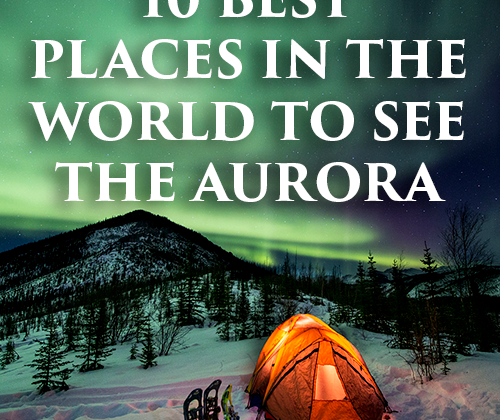
Types of Aurora
The aurora borealis takes many forms, and every single display is different. Time of night, solar wind speed, magnetic field strength, moonlight, and many other factors influence how it looks. The northern lights also appear different depending on who is watching. The more stargazing experience someone has, and the younger their eyes are, the more details they will see. It's also important to remember that cameras will always see more colors than the human eye does. Cameras can take long exposures, while our brains cannot.
If you chase auroras long enough, these are some of the different types you might expect to see.
Curtains
In the Arctic, auroral curtains are very common. Stripes of green, purple, or red swirl across the sky. These shapes change rapidly and can quickly morph into other types of aurora.
Arc
Auroral arcs are not the most exciting type of aurora. That's because they are constrained to the northern horizon and don't show very much movement. But when...

